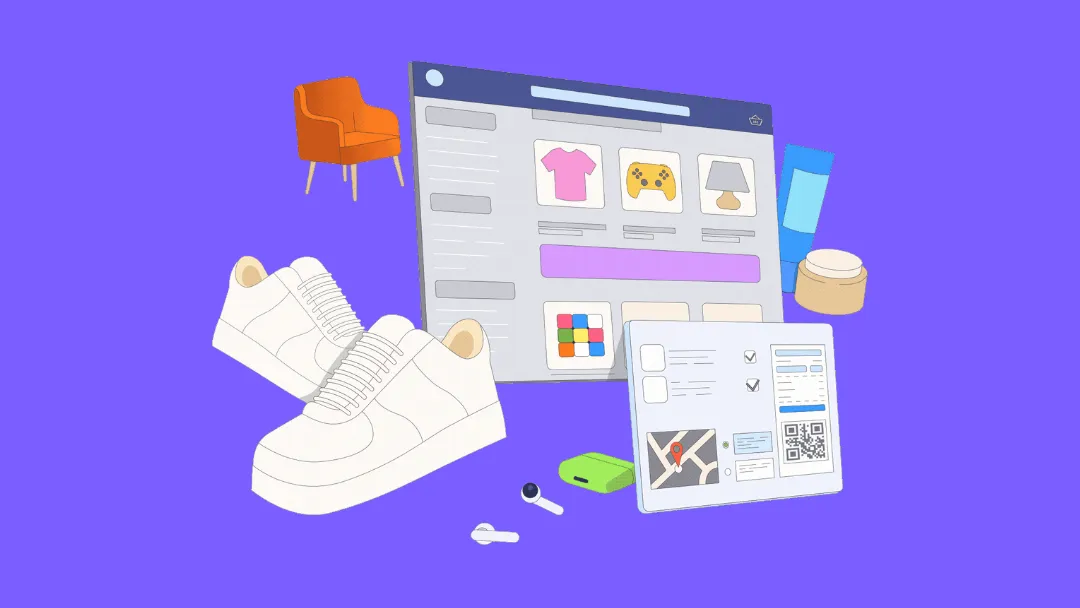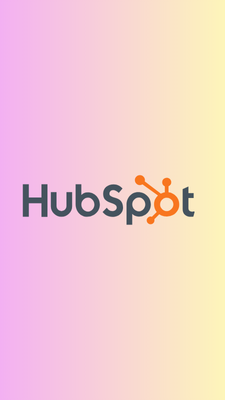The landscape of ecommerce is more competitive than ever. With rising customer acquisition costs, AI-generated content flooding search engines, and ever-changing algorithms, standing out is no longer just about having a product to sell—it's about creating an ecosystem that fuels visibility, trust, and conversion.
Whether you're launching your first store or optimising an existing one, investing in Shopify development services can give you a solid foundation for long-term growth. But even the best Shopify site can't grow in isolation. You need a strategy that fuses SEO, content marketing, and conversion optimisation into one unified growth engine.
1. Laying the Foundation: Technical SEO for eCommerce
Before you can rank or convert, your site has to work. Technical SEO ensures that your site is discoverable, crawlable, and indexable. For Shopify stores, that starts with:
-
Site speed: Use tools like Google PageSpeed Insights or GTmetrix to ensure your pages load quickly. Compress images and reduce app bloat.
-
Mobile optimisation: With mobile-first indexing, your mobile site is what Google sees. Responsive design is non-negotiable.
-
Clean architecture: Avoid deep URL structures and use keyword-friendly slugs.
-
Fixing duplicate content: Shopify often duplicates content across collections and product pages. Use canonical tags strategically.
-
Structured data: Implement product schema to enable rich snippets in search results.
Tools like Ahrefs, Screaming Frog, and Google Search Console can help you identify crawl errors, indexing issues, and opportunities to enhance site architecture.
2. Blogging and Content as a Growth Engine
Gone are the days when blogs were only for lifestyle brands. For eCommerce, blogging is one of the most cost-effective ways to build organic traffic, trust, and brand authority.
-
Solve real problems: Write blog posts that answer buyer questions (e.g. "How to choose the right running shoes for flat feet" linking to your products).
-
Use content to support the funnel: Top-of-funnel blogs bring in traffic; mid-funnel posts (e.g. comparisons or buyer guides) nudge conversions.
-
Strategic internal linking: Every blog should point to relevant product or category pages to boost SEO equity.
Brands that blog consistently get 55% more website visitors and 67% more leads than those that don’t (HubSpot).
Blogging also gives you fresh content for newsletters, social media, and even retargeting ads—amplifying your marketing with a single piece of content.
3. Social Media Signals and SEO: Myth or Multiplier?
While Google has stated that social signals (likes, shares, etc.) don't directly affect rankings, there's no denying the indirect power of social media on search.
-
Viral content on TikTok or Instagram can lead to an influx of backlinks and branded search—both of which do improve SEO.
-
Shopify makes it easy to integrate with social platforms: product tagging on Instagram, buyable Pins on Pinterest, or Facebook Shops.
-
User-generated content (UGC) on social helps with both trust and long-tail keyword discovery.
A strong presence on social boosts brand signals, improves trust, and drives traffic that converts.
4. CRO Tactics to Turn Traffic Into Sales
You can have all the traffic in the world, but if your store doesn’t convert, it means nothing. Conversion Rate Optimisation (CRO) is your multiplier.
-
Optimise product pages: Clear images, compelling descriptions, social proof, FAQs, and trust badges.
-
A/B test everything: CTAs, headlines, layouts, and even product pricing. Use tools like Google Optimize or Optimizely.
-
Build trust: Offer transparent return policies, visible customer service, and third-party reviews.
-
Use Shopify apps wisely: Tools like Hotjar for heatmaps or OptiMonk for pop-ups can increase conversion without hurting UX.
The key to CRO is not guessing—it’s testing. And with Shopify's ecosystem, you can do that quickly.
5. Scaling Through Strategic Partnerships and Guest Posting
Backlinks still matter in 2025. High-quality, relevant links signal authority to Google and drive referral traffic. But modern link-building isn't about spammy directories—it's about value and relationships.
-
Guest posting: Share valuable content on reputable blogs in your niche.
-
HARO and digital PR: Get featured in press by offering expert commentary.
-
Partner with complementary brands: Co-host a giveaway or cross-promote products.
Every guest post or partnership is also a chance to build your brand, not just your domain authority.
Final Thoughts
Scaling an ecommerce brand in 2025 means mastering the interplay between SEO, content, and conversion. None of these pillars can stand alone—they need to work together.
With the right technical foundation, a steady flow of value-driven content, and an optimised path to purchase, you're not just generating traffic—you're building momentum.
Let your website do more than exist. Let it scale.
Loading comments...


